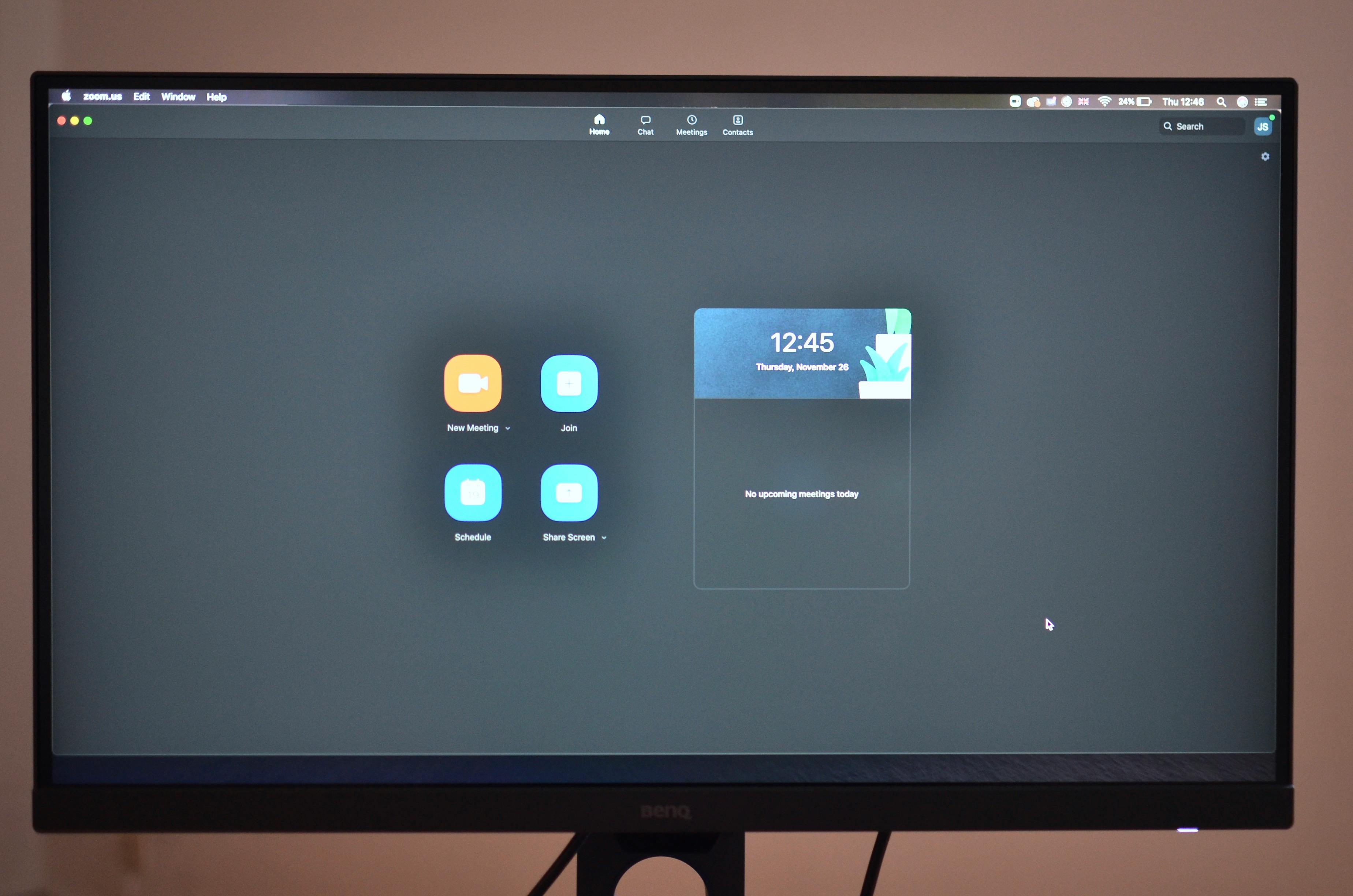How grantwriters use data to pitch

Decision making in today’s tech dispensation relies on data-driven analytics. Grant writers are also learning how to use data effectively to deliver winning proposals.
Here are some of the ways grant writers use data to present
Definition of the problem
Non-profit organizations exist with the main objective of eradicating some of the social problems that a part of the community is facing. While a straightforward description of these problems can be provided, practical descriptions of the problems are backed by actual statistics about the situation. This includes data on the qualities and characteristics of the target subject and data on the scope of the problem. Consequently, the problem definition can include data on the importance of the problem, the cause of the problem, and how the proposed solution can address this problem.
projections
After a detailed description of the identified situation, grant writers should provide goals and objectives that are measurable. This exercise also requires the proper use of data and data analysis tools. The proposed input and output for the initiative can be manipulated to provide a projection of various project outcomes based on available data. The projections are crucial because they allow determining the efficiency, feasibility and sustainability of the initiative at different scales or using different measures and indicators. This is valuable information for funders and allows them to understand the impact of the proposed intervention and the inputs required.
budget
The budgeting process is equally a data-intensive process that requires precision and is devoid of naive assumptions. One of the main functions of a proposal outlines the resources necessary for the successful implementation of a project and for the realization of the project objectives. Therefore, grant writers must be careful not to over- or under-estimate the project’s budget. Some of the crucial data that a grant writer applies includes economic data that advises the costs of materials, the cost of salaries, the cost of equipment, among other resources, depending on the geographic location where the initiative will take place. This data is then applied in the budgeting process to provide an approximate total cost for the project and the amount requested from funders.
Presentation
The format in which the data is presented has significant repercussions on how the target audience will react to its consumption. Grant writers are aware of this and therefore strive to simplify the data in ways that appeal to the audience. This is achieved through data visualization. Some of the formats in which data can be presented visually include graphs and charts, tabular presentations, and infographics that are interwoven with a combination of text, figures, graphs, charts, and photographs.
Grant writers are increasingly relying on data to write and submit grant proposals that are free of unfounded assumptions.